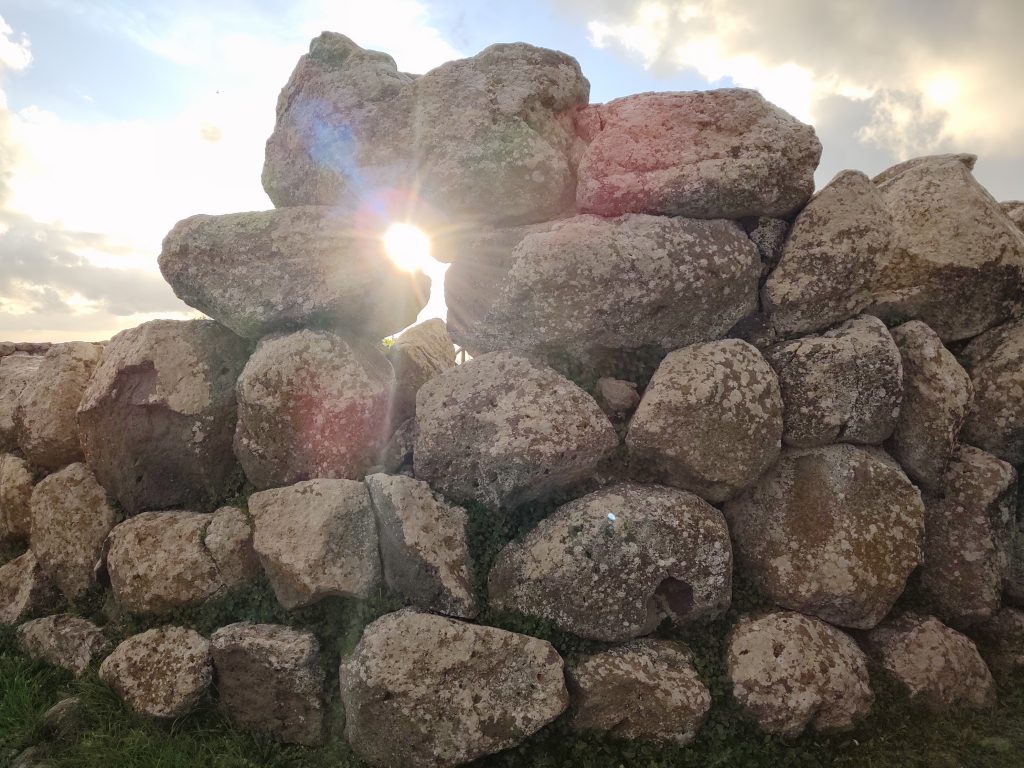
How did the Nuraghe lift these to build their towers, wells and temples?
The mystery of the Nuraghe continues today. Sardinia has more than 7,000 Nuraghe (Nu ra gee) ruins. The indigenous Nuragic people lived here from 1800-1500 B.C.E (Before Common Era or Before Christ’s Era) Their skills have amazed scientists. (and me) In 1958 archaeologists discovered ruins. In 1970 scientists started to excavate the area. As recent as 1997 these regions were finally designated as protected historical sites.
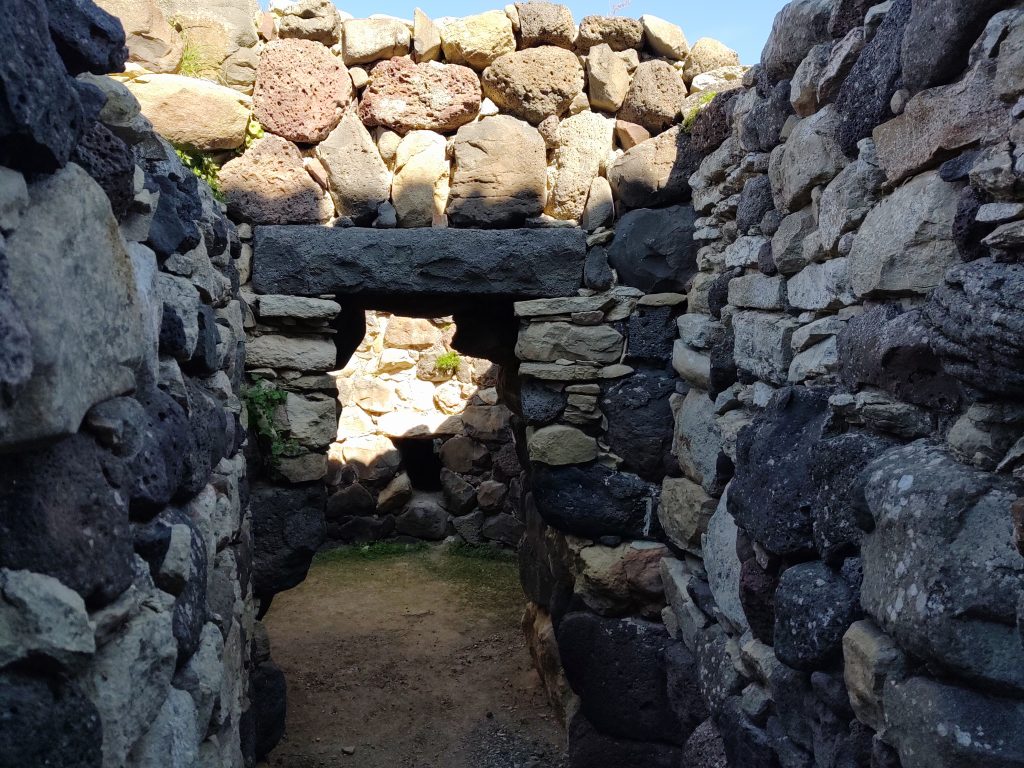
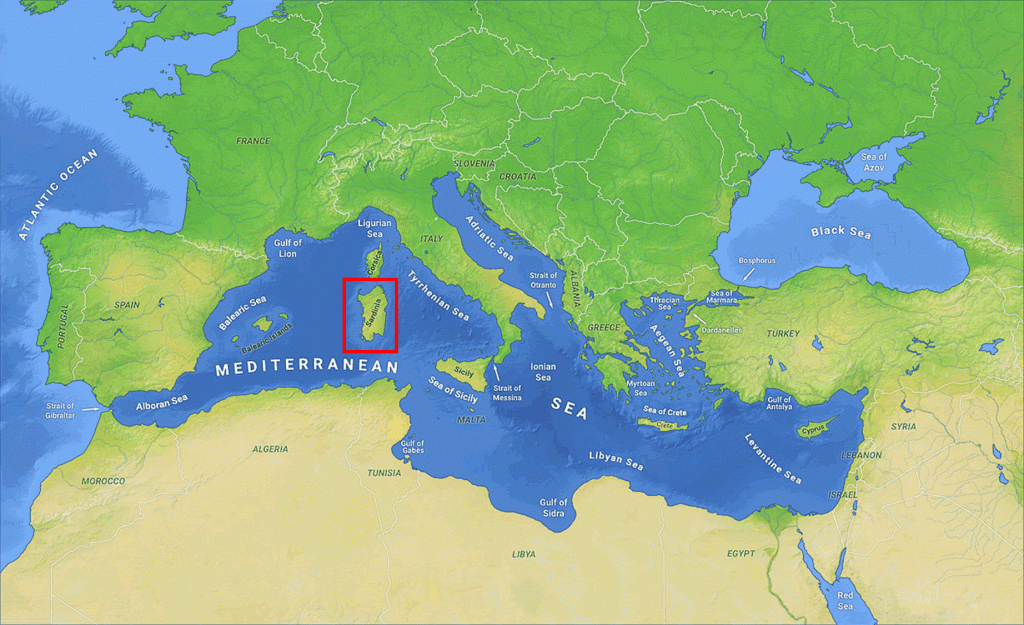
The island has mountains, a central plateau and shoreline with 345 villages sprinkled throughout the land. Electricity was installed in each village by 1938. This alone is amazing, but to think of people settling here 4,000 B.C.E boggles my mind!
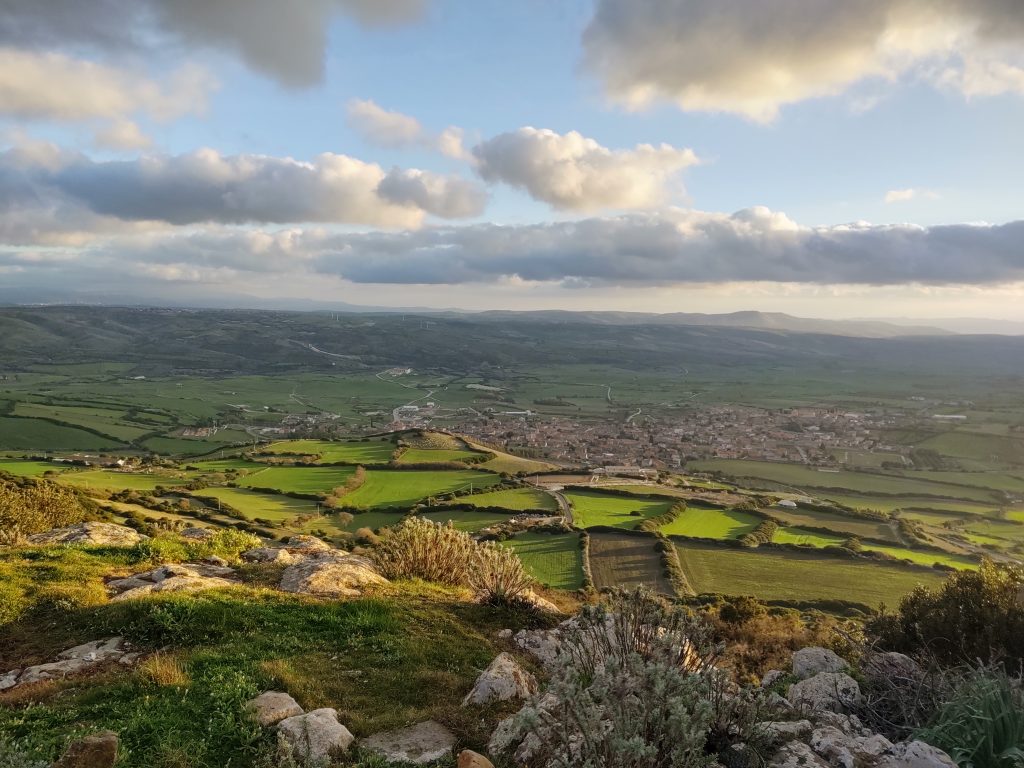
There are 116 Nuraghe structures found throughout the island.
How did they communicate between settlements? Was there written language? So far there hasn’t been any evidence of writing. However, their structures are similar throughout the island.
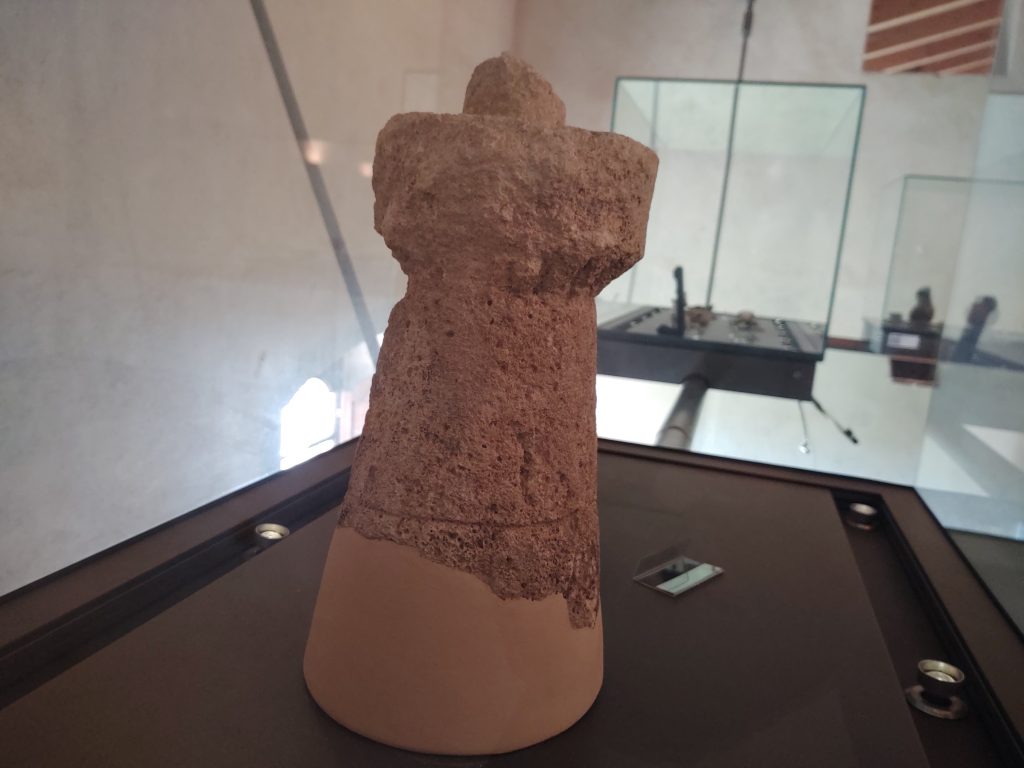
It demonstrates how they were able to communicate between villages showing this “blueprint” of how to create their classic tower.
Among the artifacts was this miniature tower. This advanced skill stunned the world. These towers had multiple floors with stairways inside. The part that juts out near the top was more impressive than anyone expected an ancient culture to be capable of in building. There hasn’t been evidence of a written language, but this sculpture shows they had the ability to communicate across the land, showing others how to follow the “blueprint” of a tower.
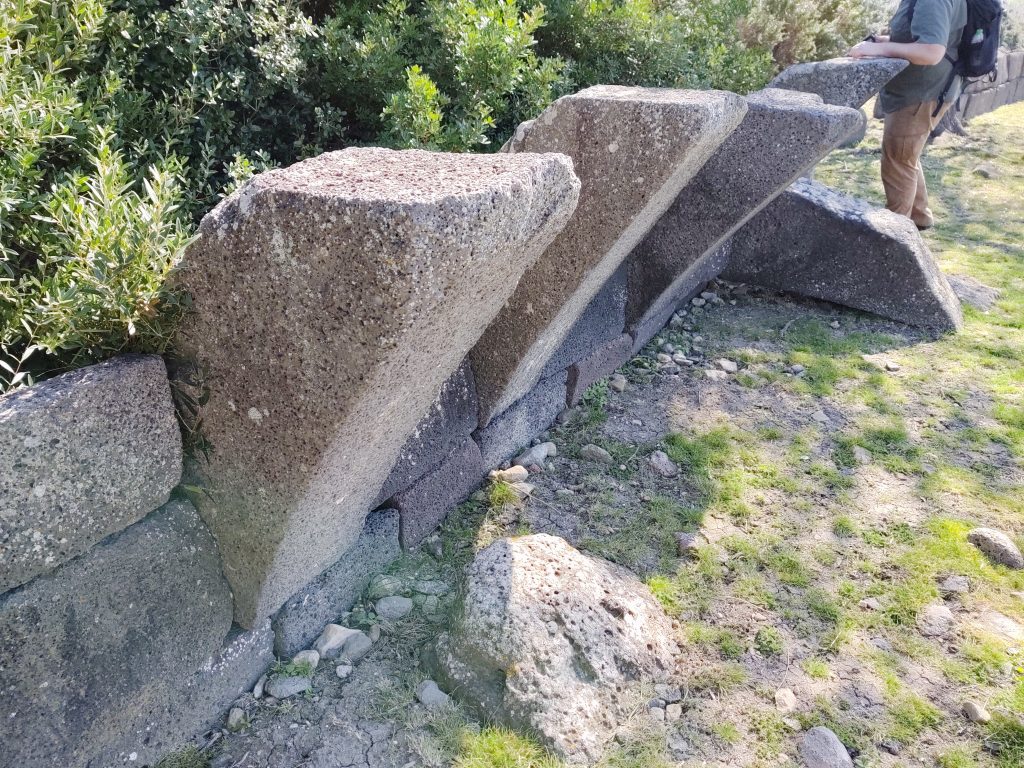
This was surprisingly advanced for a primitive culture, or so we thought…
There had been questions about the purpose of all the towers. Speculation included grain silos, temples, observations and defense. Upon the excavations the items found led researchers to believe the towers were the homes of the Nuragic people. They found stone tools, animal bones, loom weights and vessels for cooking. Often several towers would be located around a common well.
The Nuraghes valued water and had a complex drainage system for collecting rainwater and keeping it in wells. As I stood inside the well, I marveled at how they had chiseled these blocks and built these functional structures.
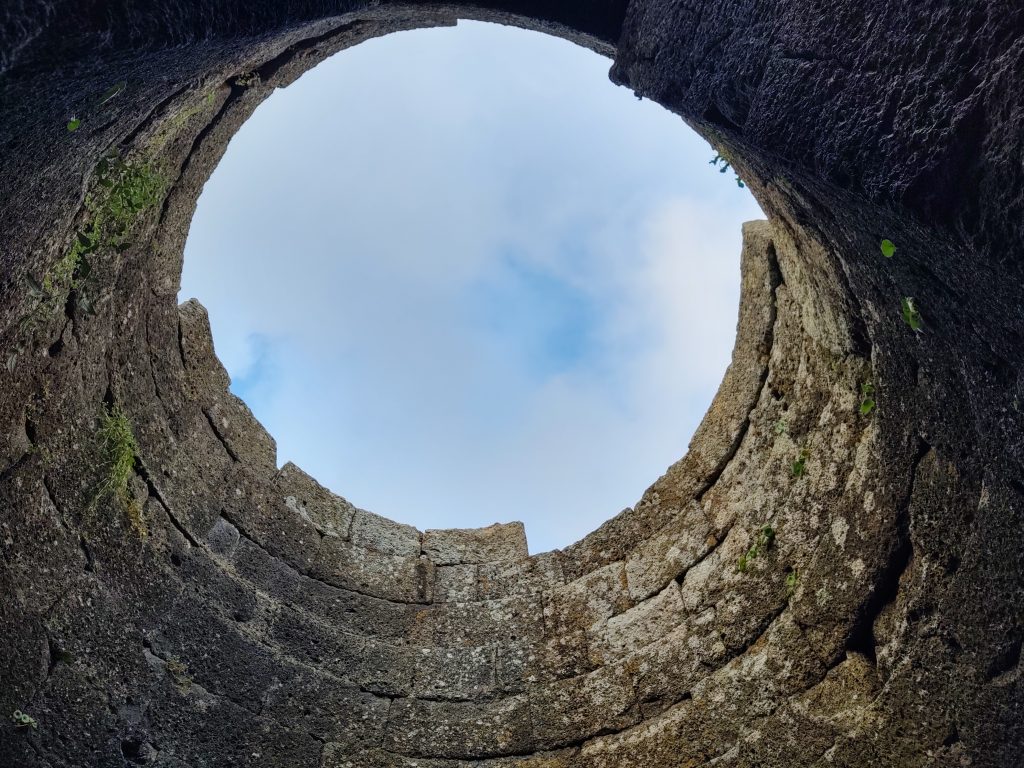
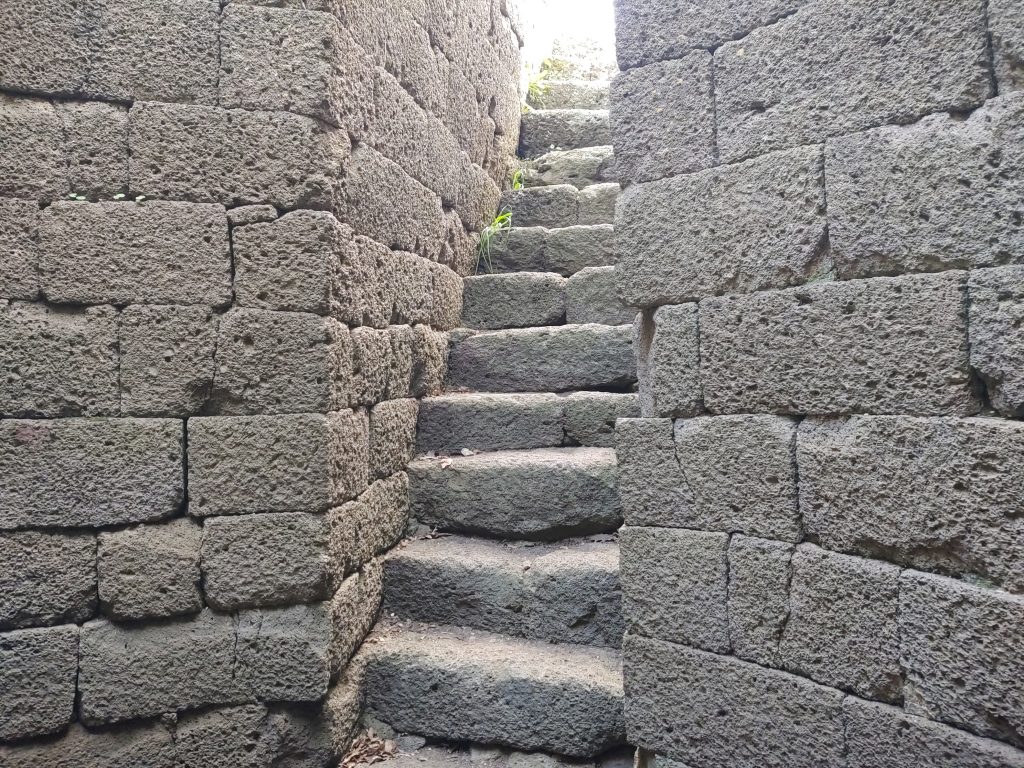
512 bronze statues have been found. These had been made by carving a mold out of beeswax. After melting bronze it would be poured into the mold. The wax would melt away leaving the bronze figurine.
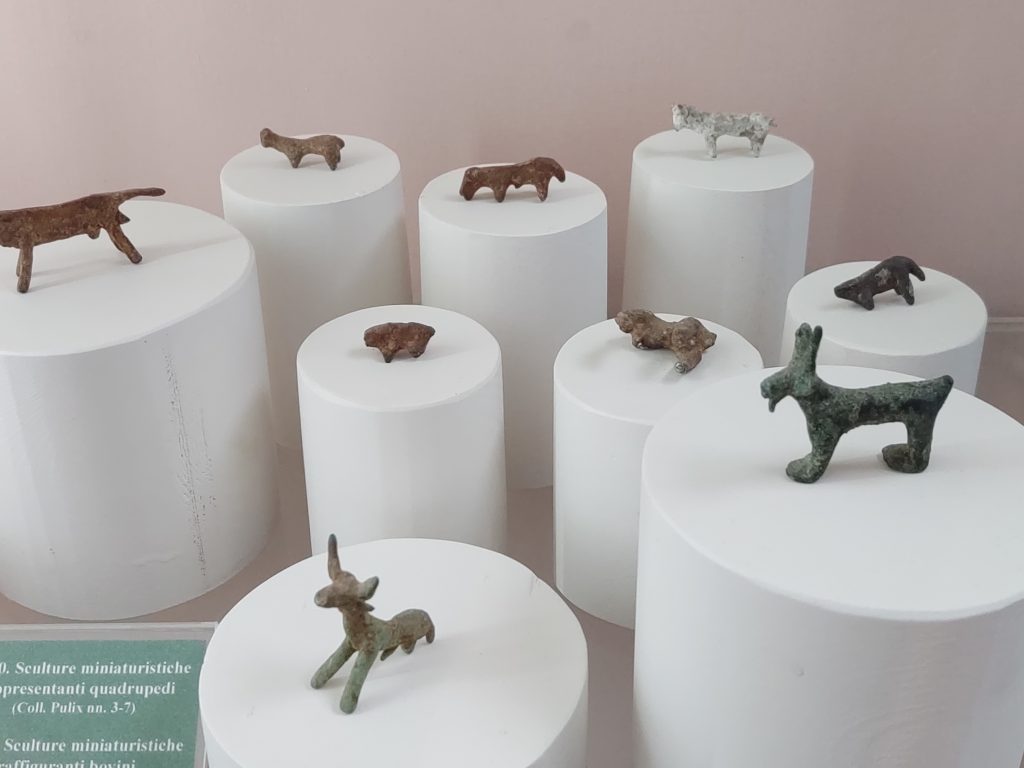
demonstrating the Nuraghe’s exceptional skills.
The accomplishments and intelligence of the Nuragic people are far beyond what we would have expected from primitive people. What can we interpret from these figures? Did they build and use ships or were the boats from another civilization immigrating to the island? Seeing these bronze artifacts left me with more wondering thoughts than I am used to having.
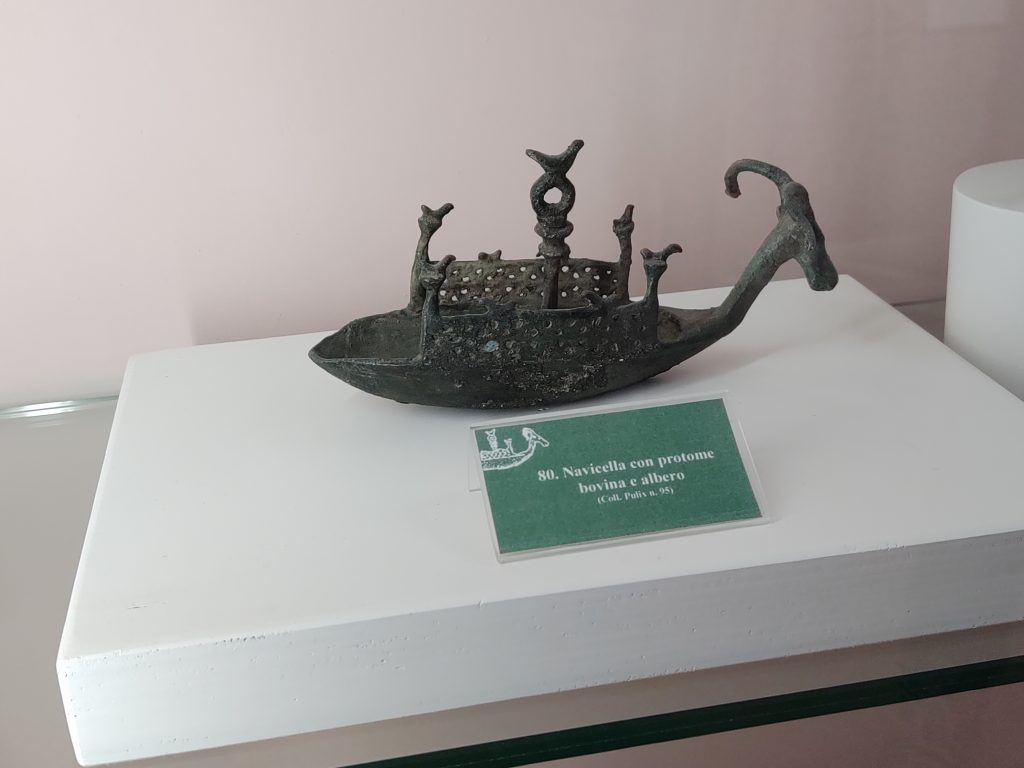
giving us a glimpse into the past which creates more questions.
Nearby was one of many “Giant’s Tombs.” This term was referring to the size of the grave. (No giants have ever been found.) The Nuraghe were reverent about their relatives’ deaths. Some of these tombs align with each solstice. Others are facing the brightest star. It appears that there would be ancestral honors done at significant intervals, not just at the time of the first burial. This is remarkable that the Nuragic people had such a grasp of celestial occurrences. It is speculated that these tombs housed dozens of bodies or up to 200 skeletons.
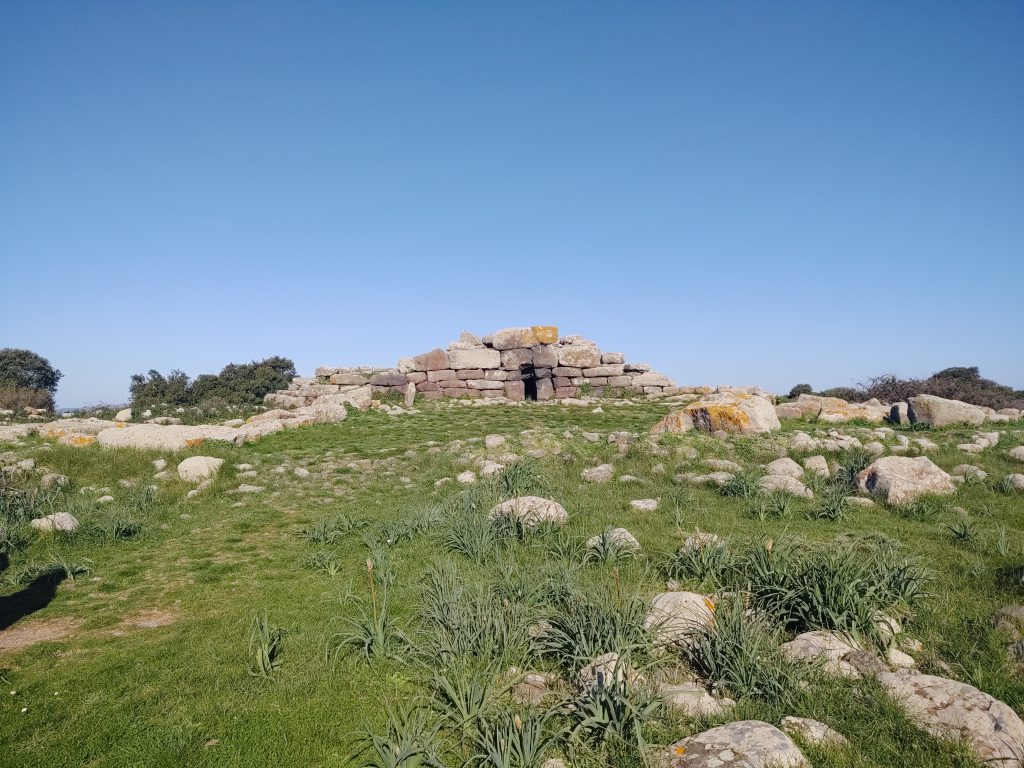
It is believed that the Nuragic culture honored birth and death. The layout of the structure replicates a woman’s womb showing how closely life and death are linked.
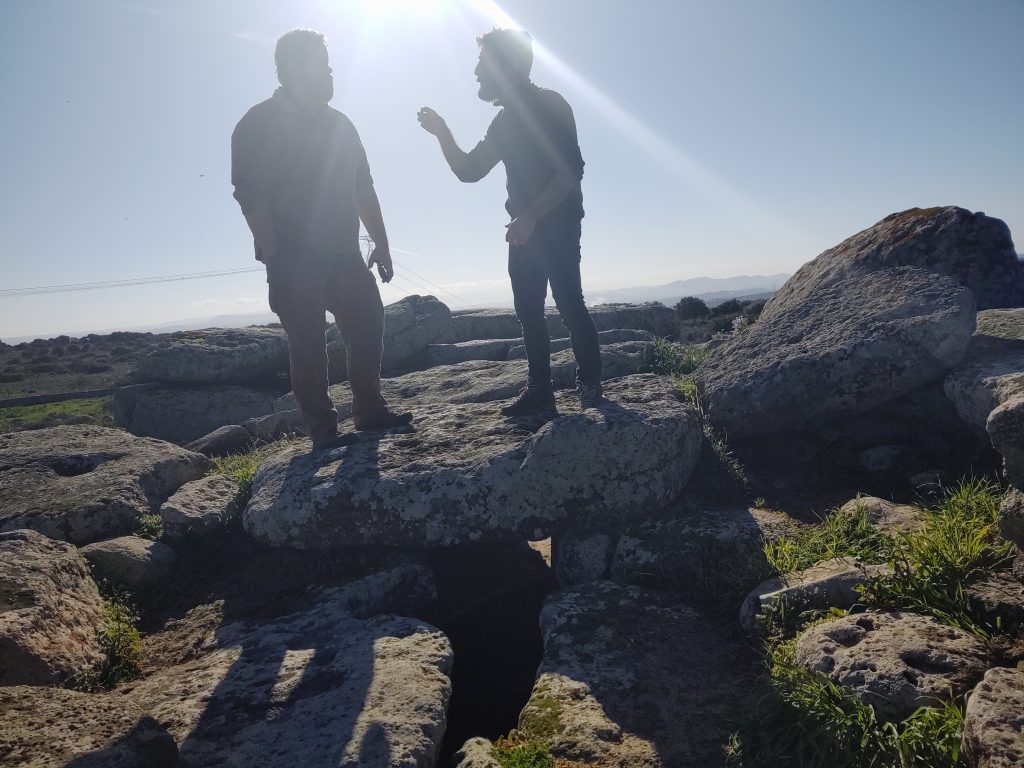
They are standing above the burial sight looking down through the opening.
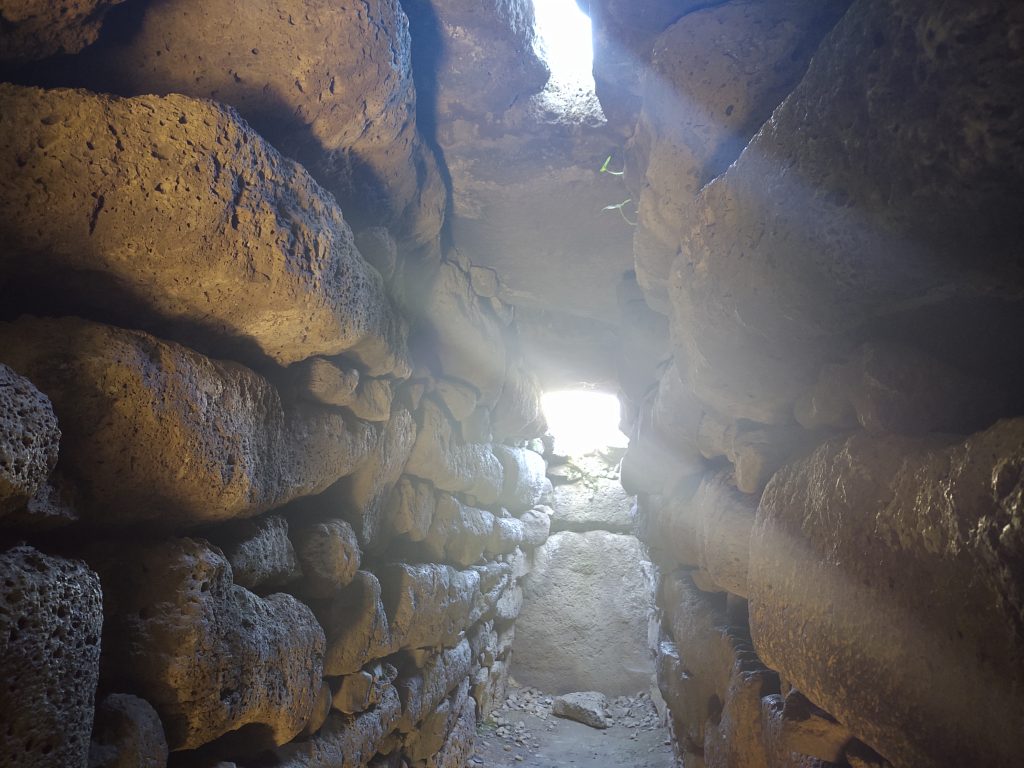
The Nuraghe artifacts and ruins have stretched my brain and created a new sense of wonder that I haven’t ever experienced. I am in a state of awe at their abilities. I am curious what may have happened to them. There are many theories. Possibly there was an invasion from an outside civilization. Perhaps their ecosystem changed. There have been discoveries in Israel along with Biblical sources linking probable immigration. Looking behind this ancient curtain has brought a whole new appreciation for these indigenous Nuragic people.


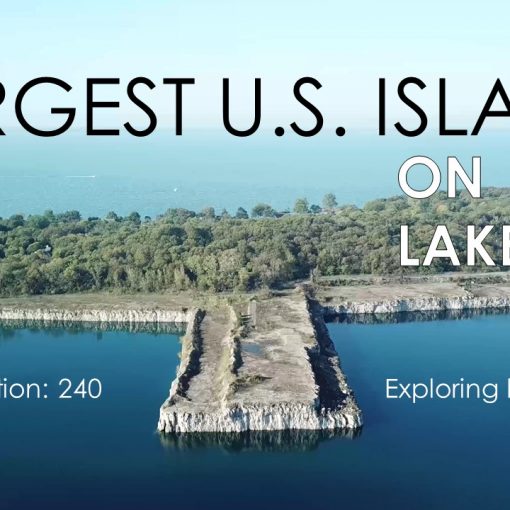
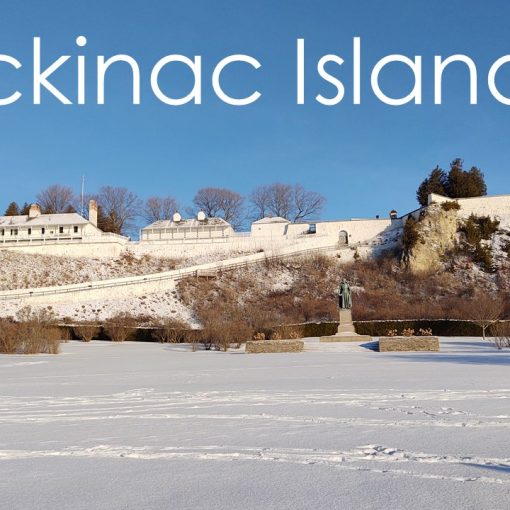
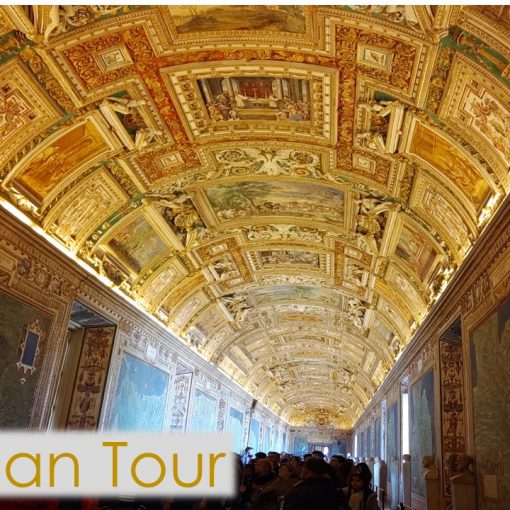
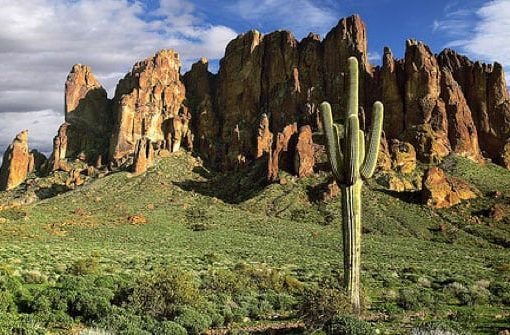
4 thoughts on “The Mystery of Nuraghe”
What is the number of ancient cultures that built incredible stone structures that to this day we don’t understand how it was done? Seems every culture on earth 5 thousand years ago was moving and shaping giant stones like it was nothing. And so many had advanced celestial knowledge. Amazing! I have never heard of theses people. Thanks for the article
I absolutely agree. They not only moved many stones and understood the stars, they did all of this with no (apparent) written language across a vast amount of land and through many generations. It is truly amazing.
https://waterfallmagazine.com
I love what you guys tend to be up too. This sort of clever work and exposure!
Keep up the terrific works guys I’ve included you
guys to my blogroll.
It’s rewarding to hear that others enjoy”looking behind the curtain of life.” Thank you for your feedback.